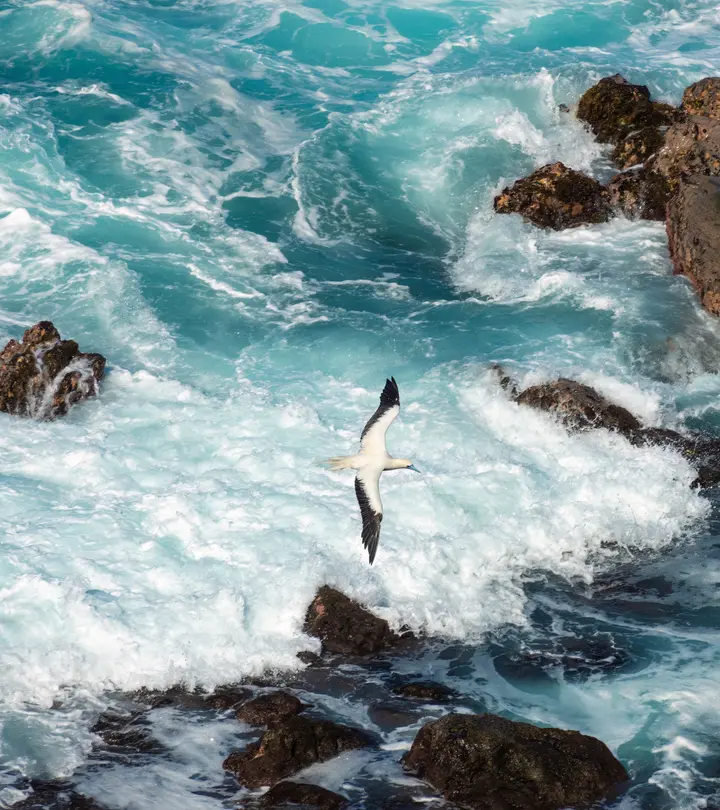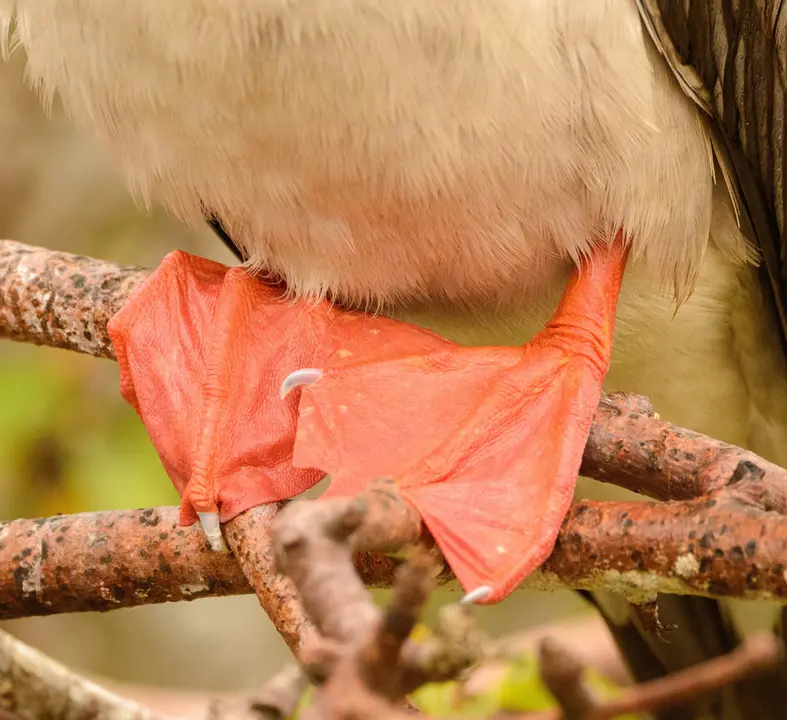
Top 6 Birds to Spot in Seychelles
A paradise for bird enthusiasts, the Seychelles is one of the Indian Ocean’s most important sanctuaries for seabirds. From the remote cliffs of Aride, to the aptly named Bird Islands, the archipelago hosts some of the world’s rarest and most captivating bird species waiting to be encountered by the budding adventurer and avid twitcher alike. Read on to discover some of the remarkable birds you might encounter on the land of perpetual summer.
1. Lesser Noddy (Anous tenuirostris)
Lesser Noddy is a small, graceful tern with a long, slim black bill, charcoal grey plumage and a white head. One of the most abundant tropical seabirds in Seychelles, there are over 300,000 pairs breeding on the predator-free (no introduced cats or rats) granite islands of Aride, Fregate, Cousin and Cousine. The Lesser Noddy constructs nests in tree branches made of seaweed and leaves during the southeast trade winds from May to October.
2. Sooty Tern (Onychoprion fuscatus)
Breeding in massive colonies on Bird and Aride Islands – Sooty Tern’s can number up to a million breeding pairs during the nesting season between May and October, making a deafening racket. A sleek bird with black and white feathers and a piercing, shrill call, the Sooty Tern is a ground nester, laying their eggs directly onto sand or coral rubble. A single speckled egg is produced by each pair, which is fed regurgitated fish by both parents.
3. Red-footed Booby (Sula sula)
With distinctive red feet and colourful facial features, the Red-footed Booby is a large seabird known for its long wingspan and powerful flying capabilities. On land, it’s a bit of a klutz, with trademark awkward landings and take-offs. Breeding colonies can be viewed on Aldabra Atoll, where it nests in trees and bushes. At sea, the Red-footed Booby is well adapted for fishing - with secondary nostrils that close underwater, a third eyelid for eye protection, and a long, serrated beak to snatch prey from the water.
4. White- and red-tailed tropicbirds (Phaethon lepturus and Phaethon rubricauda)
Elegant white-tailed and red-tailed tropicbirds can be seen gliding over cliffs and open ocean in Seychelles, trailing a spectacular stream of tail feathers. The white-tailed tropicbird is a more common sight on Seychelles inner islands, including Mahé, Praslin and La Digue. Red-tailed tropicbirds are slightly larger and have beautiful red ribbon tails and crimson beaks. This breed is less common and usually found on outer islands like Aldabra, Farquhar, and Cosmoledo. Both birds typically breed on remote cliffs, in caves or trees.
5. Seychelles White-eye (Zosterops modestus)
This small, sharp-billed warbler was rescued from the brink of extinction and found new life on Seychelles. With an olive-grey plume and distinctive white ringed eyes, this shy, darting bird is a conservation success story – reintroduced to the islands, including Mahé, Conception, Frégate, Cousine and North Island. The White-eye is important for pollination and insect control, but due to its small population it’s still on the endangered list - vulnerable to habitat loss and predators.
6. Black Paradise Flycatcher (Terpsiphone corvina)
Endemic to Seychelles, the Black Paradise Flycatcher is found on La Digue’s Veuve Special Reserve, a protected breeding area. In recent years, this rare and striking forest bird has also been reintroduced to several other Seychelles islands, including Denis, Cousine and Curieuse, in the hopes of bringing its population back to healthy numbers. Only 350-500 of the birds exist on the islands, however numbers are steadily increasing and its status has been changed from critically endangered to vulnerable. The males are glossy black, with a blue tinge, while the females have rust coloured wings, a black head and throat. They thrive in thick forest landscapes, feeding exclusively on insects.
Life at Sea
There are over a dozen seabirds in the Seychelles, relying on the bountiful Indian Ocean for survival. Seabirds have adapted well to life at sea: their waterproof feathers keep them warm and insulated, webbed feet make for efficient swimming and diving, their long, powerful wings are ideal for long distance flights, and their serrated, sharp beaks can easily catch squid, fish and other marine life. Ocean birds are experts at dive bombing their prey from the air or skimming the surface to pick up small prey. They tend to congregate in areas with upwelling or strong currents for rich, varied feeds.
Aqua Expeditions' East African voyages set sail in 2026. We look forward to welcoming you on board. Learn More.


